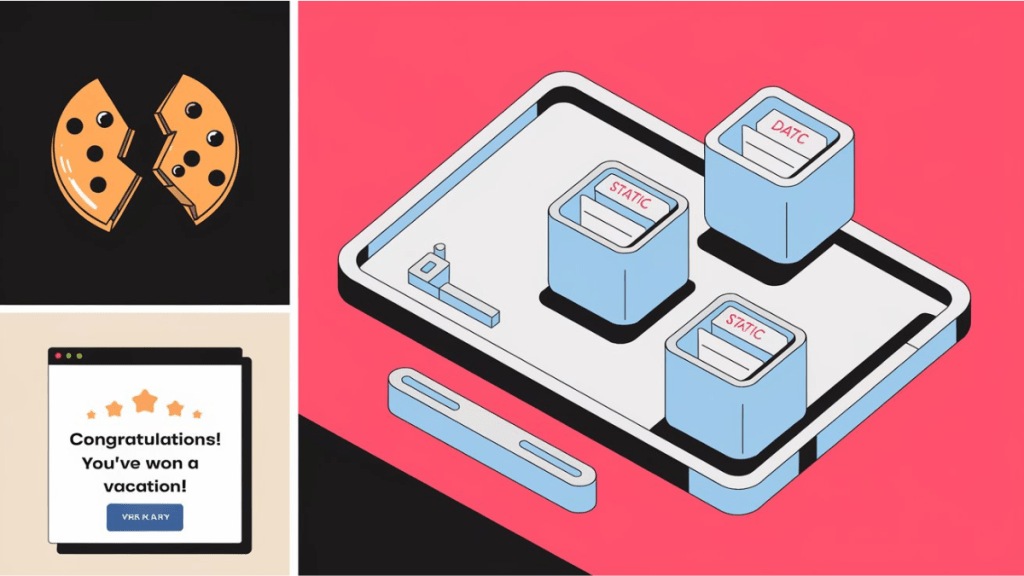As we step into 2025, it’s evident that clinging to outdated marketing technologies and strategies is like wearing bell bottoms to a tech conference—fashionable once, but now a glaring faux pas. Martech, the backbone of modern marketing, is evolving rapidly, and marketers who fail to adapt risk being left behind. Here’s a closer look at three outdated martech practices that need to be ditched and how industry leaders suggest moving forward.
Stop clinging to third-party cookies
For years, marketers have relied on third-party cookies for audience targeting and personalisation. But with privacy regulations tightening and tech giants like Google contemplating the removal of third-party cookies entirely, this crutch is no longer viable. “Marketers must embrace first-party data strategies and advanced tools like AI-driven contextual targeting and predictive analytics. Focusing on consented, privacy-first approaches not only builds consumer trust but also ensures long-term campaign effectiveness,” Saurabh Khattar, country Manager, Integral Ad Science, told BrandWagon Online.
Khattar’s point underscores a broader trend: 93% of marketers believe that collecting first-party data is more critical than ever for their organisation, according to the 2024 Acquia CX Trends report, reflecting the urgency to adapt to a cookieless world.
Static consumer data
Another outdated notion is relying solely on static consumer behaviour data for personalisation. “The misconception that past consumer behaviour alone is sufficient for effective real-time communication is no longer viable. Instead, the focus should shift to integrating past data with real-time contextual information to achieve dynamic personalisation,” Amit Sanyal, EVP and COO – MarTech Solutions, Comviva, explained.
Sanyal suggests using AI to analyse both historical and current context to deliver relevant product recommendations and communications. And he’s not wrong, research from McKinsey reveals that personalisation leaders today achieve 5-15% revenue growth and 10-30% higher marketing-spend efficiency by leveraging product recommendations and triggered communications across specific channels.
Generic messages: The noise consumers hate
How many push notifications have you received since morning with the same generic texts? “Perhaps the most egregious martech sin is spamming consumers with irrelevant, one-size-fits-all messages. Brand communications often feel generic, irrelevant, and repetitive,” Ankur Gattani, CGO, WebEngage, said. Gattani points to the stark contrast between global giants like Amazon and domestic brands still relying on batch-and-blast methods. “Amazon sends highly personalised notifications—like an image of a product you ordered, along with its delivery status. Meanwhile, many brands still send the same blanket message to everyone, completely missing the opportunity to personalise the experience,” he added.
It’s a valid critique. A Salesforce study found that 76% of consumers expect personalised communication from brands, yet only 51% feel they actually receive it. The gap is glaring, and marketers who don’t close it will find themselves tuned out by younger, less forgiving audiences.
What’s next?
As these experts suggest, the future of martech lies in intelligent, privacy-first, and dynamic personalisation strategies. Marketers must leverage tools like AI, embrace first-party data, and prioritize relevance over volume.
The stakes are high and the lesson is clear: outdated practices are not just inefficient—they’re costly.


